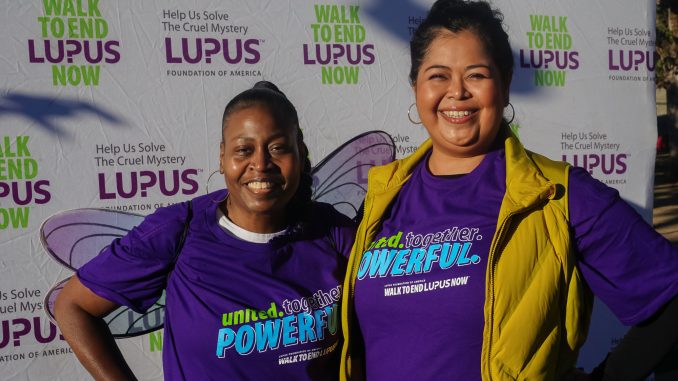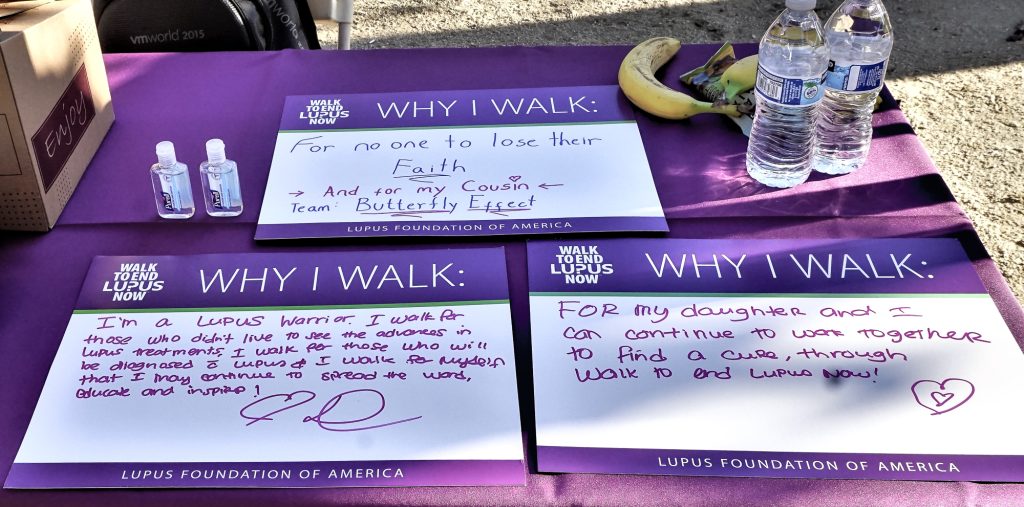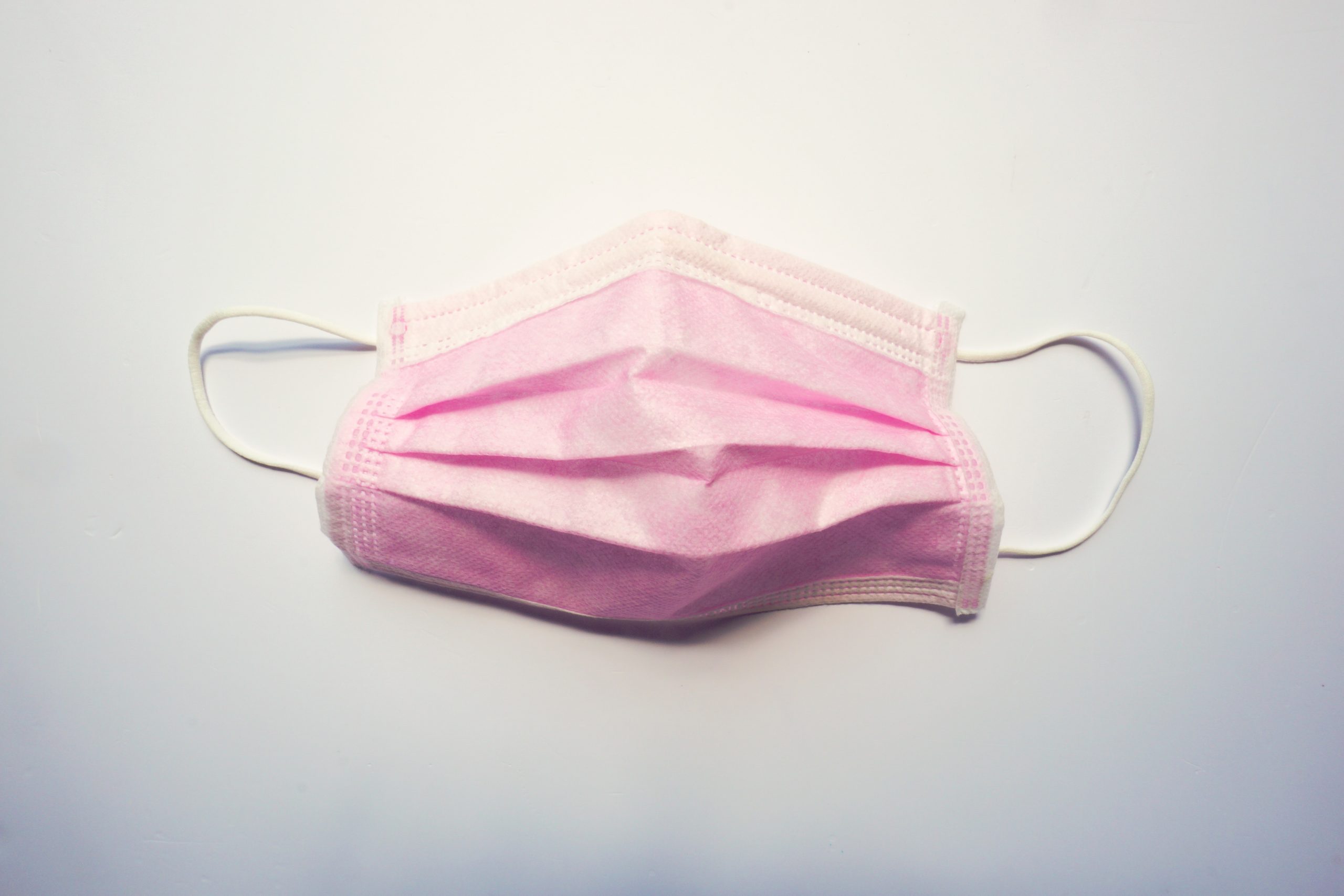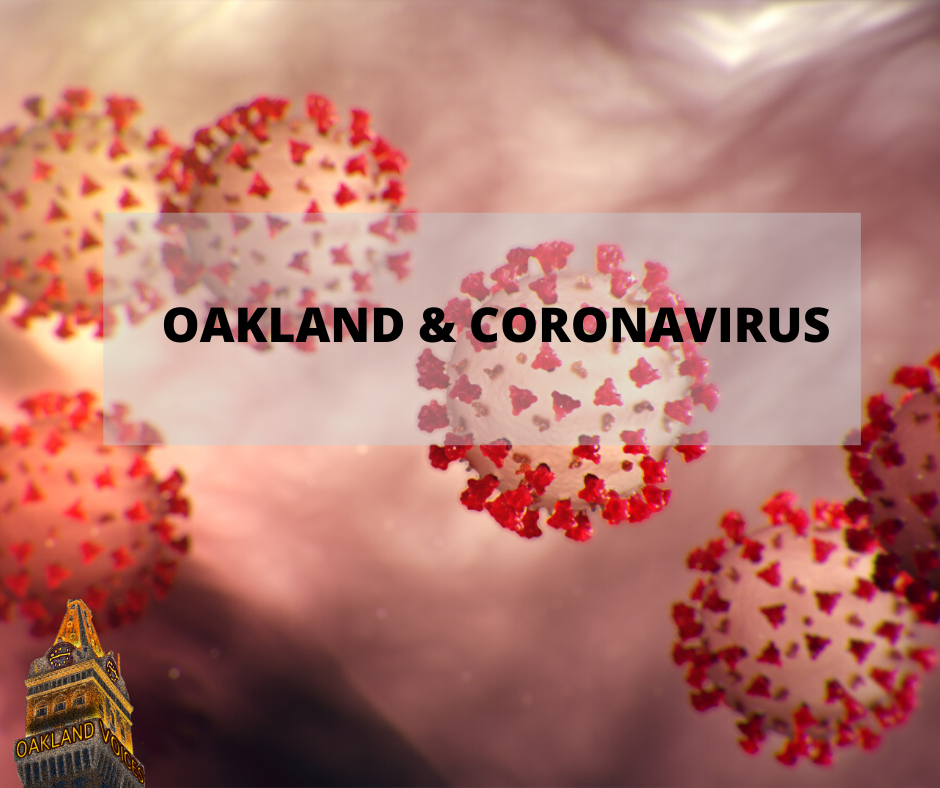
May is Lupus Awareness Month and May 10 is World Lupus Day 2023, a time to spread awareness about lupus and its impact on millions of people from around the world.
Lupus is a silent and often invisible auto-immune disease that attacks multiple organs. Most people, especially women, develop lupus between 15 and 45 years of age.
A startling 90% of Lupus patients are female, and lupus is more common among women of color.
Oakland Voices chatted with two of Oakland’s lupus warriors, Darcy Nunez and Tracy Wilson. They are lupus warriors because they battle the disease themselves. The two are Oakland residents who are a part of a national group advocating for lupus awareness.
Because lupus is an auto-immune disease, the triggers are many and symptoms can be all over the medical map. And when it is misdiagnosed, symptomatic treatment may have little to no effect.
Tracy Wilson received a diagnosis of an auto-immune disease 19 years ago. Until that point, she had not had any major health issues, but had been dealing with debilitating pain and passed out at work before her diagnosis. She had joint pains as a teen. Nunez explains the disease as one that fluctuates and is unpredictable. “You may be feeling fine one day, and then in two days, you’re unable to move.”
Both can suffer unexpected lupus flare ups that could send them to bed for days and even weeks at a time. Wilson deals with frequent migraine headaches and has recovered from severe mobility issues that temporarily put her in a wheelchair, and still has moments of muscle weakness.
Lupus Awareness
Officially, an estimated 200,000 people in the U.S. have lupus. But the numbers may be higher, as the condition is hard to diagnose and many find out many years later in life. American writer Flannery O’Conner developed lupus in her 20’s and became wheelchair bound until her early death at 39.
Some populations suffer from lupus at a higher rate. According to WebMD, “African American women in particular seem to have a higher risk of getting lupus. As many as 1 in 250 will develop the disease. African American and Hispanic women tend to get lupus at a younger age and have more serious symptoms than women of other races or ethnicities.”
“It’s not easy to diagnose, and it can mask itself with the symptoms of other diseases,” Wilson told Oakland Voices about the importance of lupus awareness. “So the more you know, the more that you’re aware and the more that you can inquire and stay on top of your health.”
Many people with systemic lupus, or SLE, develop kidney complications, called lupus nephritis which impacts about half of those with SLE. But a small portion of lupus patients only develop the skin sensitivity and rashing called cutaneous lupus. However, some of these patients with the milder form can develop full SLE later in life.

Living With Lupus
Wilson’s medical issues continued for several years until she “actually passed out at work from the pain” and was rushed to the ER with a fever of 106, and fluid in her lungs. She was hospitalized with an unknown illness for two months until she was finally diagnosed with lupus.
To complicate matters, some family members didn’t fully understand the intensity of the disease. Some thought she was exaggerating, she said.
Familial support has come with education. Some family members and friends have always been supportive, Wilson emphasized. Over the 13 plus years of Wilson’s involvement with the Lupus Foundation of America’s SF Lupus Walk, she has experienced great support from family members and friends who have joined her on walk day and at other lupus events, by donating to fundraisers, attending doctors appointments and helping to spread lupus awareness, she said. Many of those same family members and friends of Wilson attended the annual Lupus Walk last October in San Francisco’s Golden Gate Park as volunteers.
“I’m a member of their Lupus Walk planning committee,” Wilson said. “I have helped at speaking events and online events as well, and [other] education events about lupus.”
It is through the Lupus Foundation of America (LFA) and similar groups that Wilson and her family grew to understand the depth and unpredictability of lupus as a life-long illness. Wilson eventually helped set up an Oakland-based Lupus support group for Northern California.
“Lupus is a chronic (long-term) disease that can cause inflammation and pain in any part of your body. It’s an autoimmune disease, which means that your immune system — the body system that usually fights infections — attacks healthy tissue instead.”
Lupus Foundation of America
The on-going problem with lupus is that it is often missed and diagnosing the disease is complicated. This is because lupus symptoms can suggest other medical conditions but diagnostic tools will fail and incorrect treatments will have little effect on patients with lupus.
“With lupus, there isn’t one test,” Nunez explained. ”It’s a puzzle piece. Basically, you’re putting [together] the results from urine and from blood [tests] and chest x-rays and every physical manifestation to then say, okay, now this is lupus.”
Nunez and Wilson understand how lonely and frustrating the disease can be, and thus, have organized events for local people with lupus. They themselves have been long term sufferers of lupus and understand the time and effort it takes to be recognized and correctly diagnosed with the broad and conflicting set of symptoms that lupus presents.
Focusing on that point, Nunez, who works as a nurse, tells me that the inflammation-based condition that lupus is can present at different times as rheumatoid arthritis, or chronic fatigue, or kidney disease and a long list of other conditions. The wide range of symptoms and the severity of disease flareups in relatively young people in their 20’s, 30’s, 40’s can also be discounted by friends and family members who may doubt that the patient is really so sick because of their relatively young age.
Nunez mentioned another area of potential neglect: “Older folks often are ignored about joint pain and told it is due to old age and then their pain is disregarded. Aches are common but aging should not come with severe pain and lack of mobility.”
Getting Support
The lupus support group that Nunez and Wilson run focuses on East Bay residents but also includes other lupus patients from Northern California. They currently have 120 people registered with the support group.
The Lupus Foundation of America website has just released a new interactive set of resources to help guide new patients and their family and friends and to help them better manage their treatment options.
Wilson explains that the more people and patients are aware, the better the treatment can become. “We need more people to be aware of lupus and its symptoms, and go to doctors with notes about our symptoms, and then insist on [meaningful] treatment.” Nunez added, “We share our experiences to empower one another.”
+ + +
May is Lupus Awareness Month and May 10 is Lupus Awareness Day to inform people about the debilitating impacts of lupus and to make it visible. To connect with a local support group, visit the Lupus Foundation of America website. To contact the local Oakland lupus support group, email lfaoaklandgroup@gmail.com or visit their FaceBook page, Oakland Lupus Support Group.
Author’s Note: In talking with these warriors and reading background material, I realize this condition runs in my family as well. My aunts and uncles, my father, even myself. When I started working on this article, I wondered about the impact of lupus on my own family, something not readily discussed, certainly not with my generation. I developed the characteristic butterfly rash when I was 14 and soon was using my father's cortisone medication. Like most teens, I was concerned about a disfiguring rash. But after moving to the Bay Area and learning about herbal remedies, I was able to switch to a less damaging calendula ointment which put the rash away and out of mind. But now, in my senior years, with emerging joint pains, I have to look at lupus again. About 10-20% of people with the skin lupus symptoms will go on to develop systemic lupus or SLE. I feel much more involved and want to know about diagnosis issues and possible treatments.
Howard Dyckoff has lived in Oakland for over 40 years and has been involved with many community groups, including Oakland Digital and Oakland Local, Block by Block, the East Oakland Boxing Association (EOBA), and CBE. A Brooklyn, New York, transplant, and an Aerospace Engineering graduate of NY Polytechnic, Howard also attended Laney College, where he wrote for the Laney Tower newspaper and was elected editor. Howard also attended the Starr King School at the Theological Union in Berkeley.
He has served as the Berkeley Free Clinic’s Outreach Coordinator, and also worked as an information technology professional at Chevron, Sybase, and Wells Fargo. He worked in both the 2010 and 2020 Census. Howard has been a regular contributor to Oakland Local and online publications such as TechTarget and Linux Gazette and currently writes for Oakland Voices. He currently does event photography and portraiture around the Bay Area.




Thank you for the feature! We are lupus warriors and many of us choose to fight beyond our own health by being advocates, spread. and being voices for other lupus warriors. The support group provides a safe space and community for those who aren’t diagnosed yet, newly diagnosed, diagnosed, friends, family and caregiver’s.